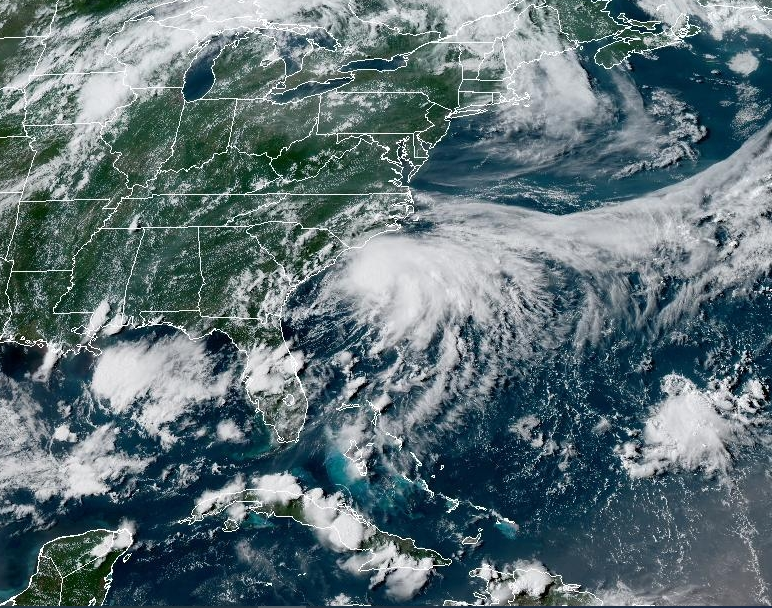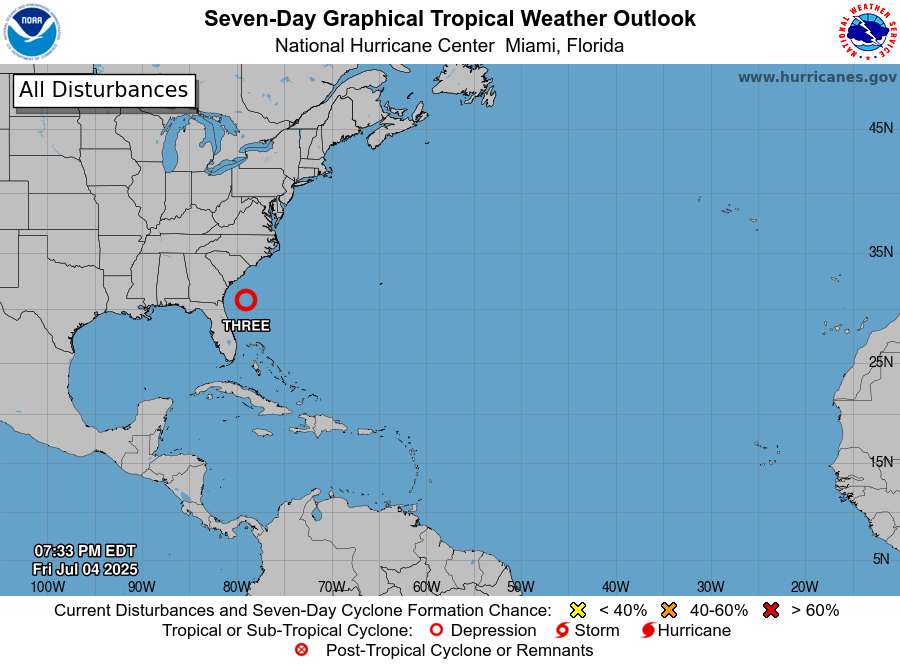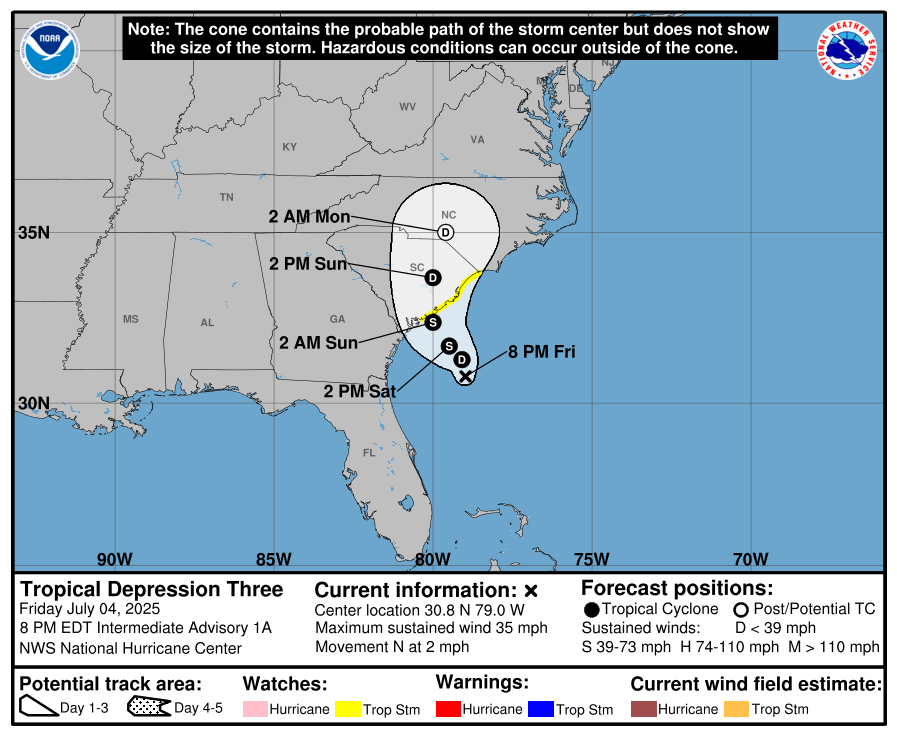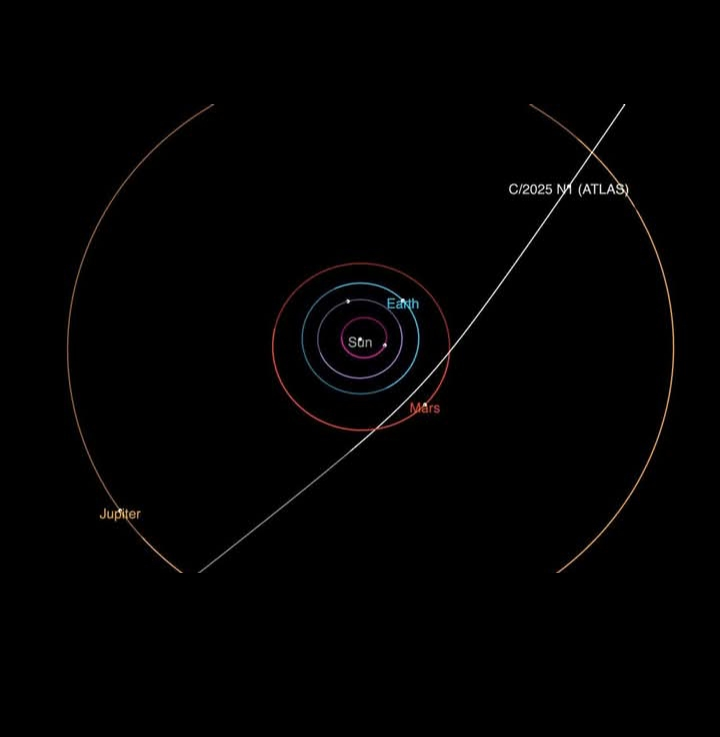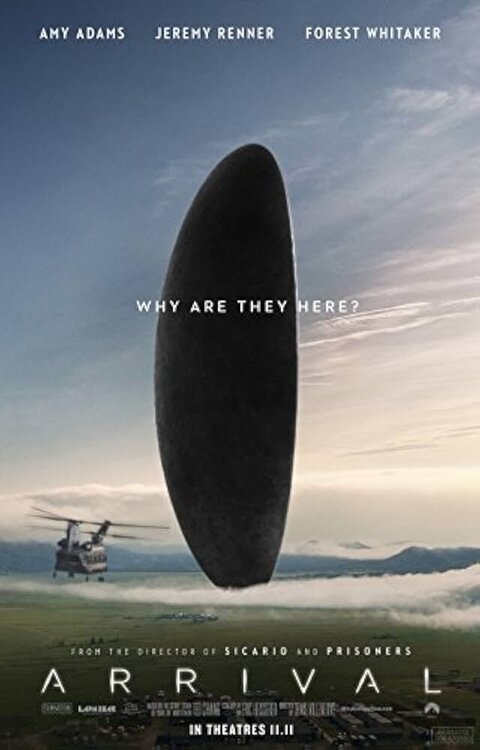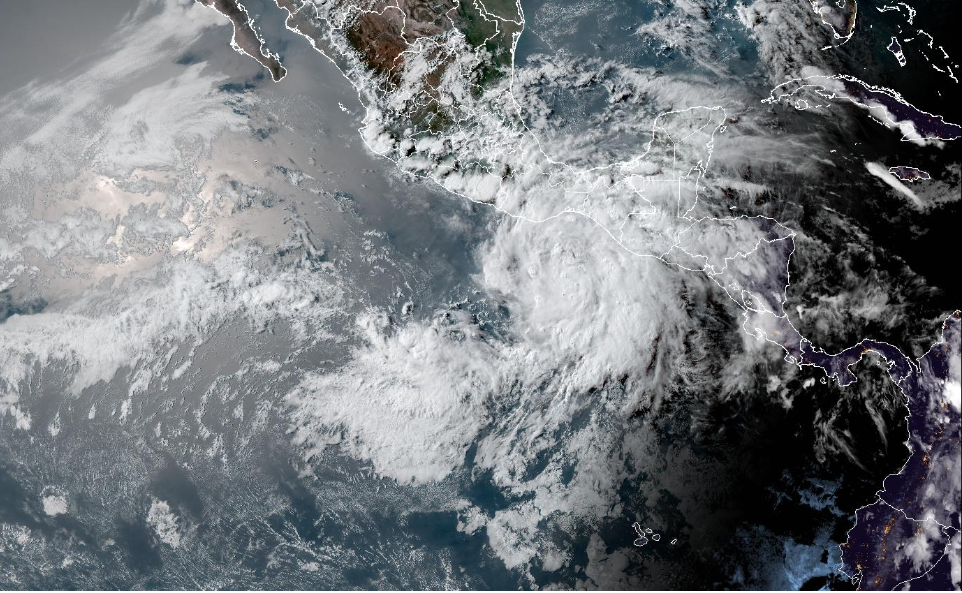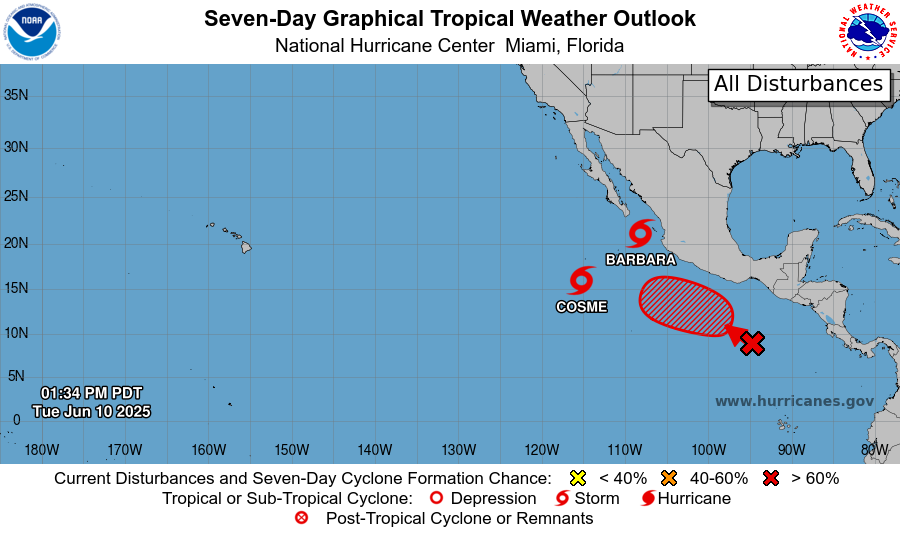-
Posts
3002 -
Joined
-
Last visited
-
Days Won
5
LazyHippo last won the day on July 22 2024
LazyHippo had the most liked content!
Contact Methods
-
Discord
=F|A=LazyHippo#8362
Profile Information
-
Alias
LazyHippo
-
Admin
18
-
Server
Silent #1
-
Gender
Male
-
TB
4729870
-
Location
Mexico
Notes
-
T-M
29-17
LazyHippo's Achievements
-

2025 Southeast Pacific and Atlantic hurricane season
LazyHippo replied to LazyHippo's topic in Report News
Tropical depression #3 became tropical storm "Chantal" expected to bring strong winds and surf to the Carolina's coasts this evening. Then moving inland will weaken and hopefully not drop too much water for flooding. -

2025 Southeast Pacific and Atlantic hurricane season
LazyHippo replied to LazyHippo's topic in Report News
This afternoon NOAA spotted new tropical depression #3 offshore the US Carolina's coasts. Predicted to go inland tomorrow after possible becoming tropical storm. -
LazyHippo started following Introduction of Ace , New interstellar comet 3I/ATLAS is hurtling through the solar system , Most recent Jupiter's image taken by JUNO mission and 1 other
-
A rare interstellar visitor from beyond our solar system is racing toward the sun. Astronomers have identified this cosmic interloper as '3I/ATLAS', making it only the third confirmed object from outside the solar system after 'Oumuamua' (2017) and comet '2I/Borisov' (2019). The interstellar comet, originally designated C/2025 N1 (ATLAS), was observed on July 1 by the NASA-funded ATLAS (Asteroid Terrestrial-impact Last Alert System) telescope in Rio Hurtado, Chile. It has since been designated 3I/ATLAS by the Minor Planet Center (MPC), with "3I" marking it as the third known interstellar object. "There are tentative reports of cometary activity," The MPC report states. "With a marginal coma and a short 3" tail". Currently, 3I/ATLAS is about 4.5 astronomical units (AU) — or 670 million kilometers (416 million miles) — from the sun according to NASA, and around magnitude 18.8, far too faint for backyard telescopes. Trajectory of interstellar comet 3I/ATLAS as it passes through the solar system. (Image credit: NASA/JPL-Caltech) But it's expected to brighten slightly as it approaches perihelion (closest point to the sun) on Oct. 30, when it will pass just 1.4 AU (130 million miles or 210 million km) from the sun inside the orbit of Mars. The object is speeding through the solar system at 68 kilometers per second (152,000 mph) relative to the sun, and it poses no threat to Earth, according to NASA. After dipping behind the sun in late fall, 3I/ATLAS is expected to reappear in early December, giving astronomers another chance to study this rare visitor from beyond our cosmic neighborhood. 3I/ATLAS imaged on July 2 by Gianluca Masi of the Virtual Telescope Project. (Image credit: Gianluca Masi, The Virtual Telescope Project) @RedBaird said on 01/06/2025 Not yet bud but close call 😄
-
- 1
-

-
The JUNO mission is on an extended phase of the program where its studying a closer view of Jupiter and its moons. While the original and first part of the mission was completed there is an additional program to finish what it could be take scientific information about Jupiter's atmosphere composition and its colossal magnetic field. How it was formed? take data that could generate a clue on Jupiter's creation. The mission is scheduled to end on September 15, 2025, after which the spacecraft may be deorbited. Most recent Jupiter photo taken by Juno spacecraft. (Image credit: NASA's JPL "Jet Propulsion Laboratory")
-

2025 Southeast Pacific and Atlantic hurricane season
LazyHippo replied to LazyHippo's topic in Report News
Now we have tropical storm "Flossie" in the Pacific side and also tropical storm "Barry" in Atlantic side. Flossie will go parallel the southwestern mexican coast upgrading to hurricane next week getting an approach to Los Cabos in Baja California. Barry will make landfall between mexican states of Tamaulipas and Veracruz later today and will downgrade to tropical depression. -

Other Congatulations to our new Recruiting, Staff, Co-leader and Leaders
LazyHippo replied to von Rantala's topic in Site Announcements
Big congrats to all! -
Arrival. A 2016 movie talking about humans making contact with extraterrestrial intelligent creatures that communicate with a linguist recruited by the US military. The plot of the movie gets involved with the hurted personal life of the linguist but at the same time gives the key to make the translation and stop the war. In a rainy day this movie would fit good, I give it a 8/10
-
-
Hey Ace! welcome to the forums. See you around!
-

2025 Southeast Pacific and Atlantic hurricane season
LazyHippo replied to LazyHippo's topic in Report News
Now we have tropical storm "Erick" approaching mexican states of Oaxaca and Guerrero on the next couple of days as a hurricane according to NOAA. This is the weather satellite GOES-East image taken 19:00 (ET) -
LazyHippo started following 2025 Southeast Pacific and Atlantic hurricane season
-

2025 Southeast Pacific and Atlantic hurricane season
LazyHippo replied to LazyHippo's topic in Report News
Finally the low pressure area from early this week became "Dalila" for the Southeast Pacific. The tropical storm is predicted to run parallel the southwest coast of Mexico causing 3 days of rain for that region but not a direct hit. Ofcourse mate, very interesting fact is that we had a drought for like 3 or 4 months with almost no precipitation. We can see that as the same time this phenomena can be dangerous it can also benefit ecosystems since is bringing a lot of rain where is needed. Fortunately now we can predict a bit more easy and be prepared, but sometimes is not enough against them. -
Here we are with the 2025 Hurricane season which started on June 1st for the Southeast Pacific and Atlantic basins. Last season was quite active and left a path of destruction, "Helene" being the most deadly causing more than 200 deaths by its path southeast US. Now in this new season we had like usual a quick start in the Pacific side with "Alvin" as the first named storm and coming up with 2 new tropical storms: "Barbara" and "Cosme"; Alvin hasnt caused trouble as it dissipated before landfall and will be the same story with Barbara and Cosme, according to NOAA's prediction center. Now lets see how it goes, I hope nobody gets hit by this meteorological phenomena, will try to keep updating
-
-

ET SILENT #1 please restore baserace desert
LazyHippo replied to SilveR LeadeR's topic in ET Suggestion
Baserace is a waste, I agree some players like it but is not a majority. So it will be nice to keep up with popular demand. We still have the other version in rotation so not in the big need to add another one. Like I said some people like it but sometimes the server gets killed when is chosen, unfortunately has that bad luck every time is picked. Would keep it out of rotation, but well, sometimes you have to make some sacrifices and play maps you dont like -
For sure killersss thanks for sharing that track is quite a heavy one 🤪 I like Mad Tribe, collaboration between Olli Wisdom aka Space Tribe and Max Peterson aka Mad Maxx. Olli may he rest in peace, builded explosive sets at festivals. Have you listened Digicult or U Recken ?
About Us
We are glad you decided to stop by our website and servers. At Fearless Assassins Gaming Community (=F|A=) we strive to bring you the best gaming experience possible. With helpful admins, custom maps and good server regulars your gaming experience should be grand! We love to have fun by playing online games especially W:ET, Call of Duty Series, Counter Strike: Series, Minecraft, Insurgency, DOI, Sandstorm, RUST, Team Fortress Series & Battlefield Series and if you like to do same then join us! Here, you can make worldwide friends while enjoying the game. Anyone from any race and country speaking any language can join our Discord and gaming servers. We have clan members from US, Canada, Europe, Sri Lanka, India, Japan, Australia, Brazil, UK, Austria, Poland, Finland, Turkey, Russia, Germany and many other countries. It doesn't matter how much good you are in the game or how much good English you speak. We believe in making new friends from all over the world. If you want to have fun and want to make new friends join up our gaming servers and our VoIP servers any day and at any time. At =F|A= we are all players first and then admins when someone needs our help or support on server.






.thumb.webp.08093ef19fc77d14f230d9d745ca2a3e.webp)













